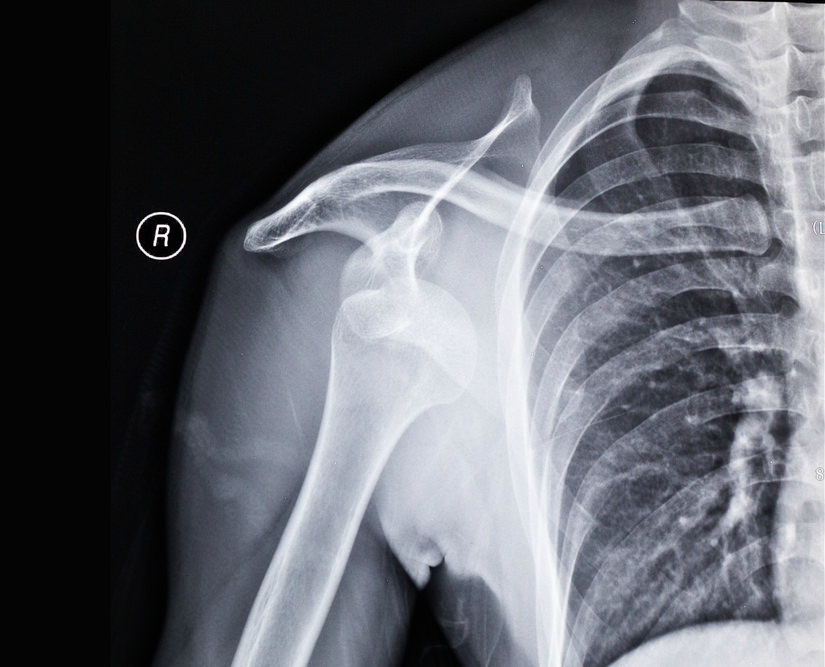Shoulders
As the shoulder is one of the most unstable joints in the body, shoulder exercises become very important following surgery or injury. The positive of this is that we can move our arms in all sorts of directions. Most of the stability of our shoulders comes from the surrounding muscles and ligaments (rotator cuff). Therefore when we injure these our shoulder function is significantly reduced.
The most common injuries we see include torn or strained muscles, torn or strained tendons and directly hurt shoulders (football injuries or from falls). Careful diagnosis is required of shoulders as there are so many structures involved. Once we have ascertained what the problem is we will develop a treatment plan that involves stretches, strengthening and mobility exercises.
Some shoulder problems are as a result of neck problems and therefore we often have to assess and if necessary treat the neck as well.


Dislocations
Dislocations and subluxations (near dislocations) are a common injury of the shoulder because of its structure and therefore instability. The most common sports we see this injury in are football and basketball. The most vulnerable position for the shoulder is the elevated one (as in going up for a mark or shooting a goal). If you are then hit from behind this may lead to a dislocation. The treatment for this includes: immediate stopping of activity, icing the shoulder, restricting movement (in a sling), having an Xray to ensure no breaks. If there are no fractures we immediately start rehabilitation.
Frozen Shoulder
Frozen shoulder or as it is known medically, adhesive capsulitis is a fairly common problem we see here at Whittens. It is most commonly affects women over 40 years of age. It may occur for no reason at all or can be caused by an initial injury which then progresses to a frozen shoulder. It is thought to affect the capsule and soft tissue structures around the shoulder which become inflames initially, therefore causing a lot of pain initially especially at night. This causes tightening and shrinking of the soft tissue structures which leads to loss of movement. The first movement to go usually is rotation, twisting your arm outwards (doing your hair), twisting your arm inwards (doing up your bra, or for the guys, taking your wallet out of your back pocket) and then lifting your arm out to the side.
Treatment initially involves pain reducing methods, ice, TENS, rest and analgesics. As the process proceeds, the pain usually subsides and you are left with a very stiff shoulder joint. This can be treated using hydrodilatation, when saline is injected into the joint to stretch the affected stiff soft tissue structures. Stretches and strengthening exercises are then given to further improve movement and normal function of the joint.

